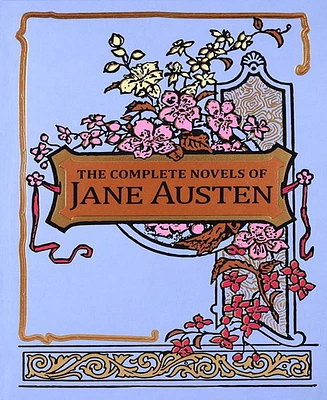Home
Jane Austen: Sibling Rivalry, Unconscious Fantasy and Change
Loading Inventory...
Barnes and Noble
Jane Austen: Sibling Rivalry, Unconscious Fantasy and Change
Current price: $29.95


Barnes and Noble
Jane Austen: Sibling Rivalry, Unconscious Fantasy and Change
Current price: $29.95
Loading Inventory...
Size: OS
*Product Information may vary - to confirm product availability, pricing, and additional information please contact Barnes and Noble
From the Introduction by author: Love, Rivalry, and the Unconscious
Jane Austen's novels have been praised by the literary critics, loved by the 'ordinary reader', and made into many films (Southam, 1967; Wiltshire, 2001). Psychoanalytic readings of the six great novels elaborate Austen's famous description of her 'subject' to her niece Anna. "You are now collecting your People delightfully, getting them exactly into such a spot as is the delight of my life;-3 or 4 Families in a Country Village is the very thing to work on' (Le Faye, 2011, p. 287). Austen's plots and language dramatize the love and mutual identifications, the jealousy and competitive strivings of family life as young women and men fall in love and marry. Austen's narrative method, free indirect discourse, presents the conflicted feelings and impulses of her heroines and heroes, as they separate from their families, relive early sibling and oedipal rivalries, and form attachments outside the family.
Jane Austen's novels have been praised by the literary critics, loved by the 'ordinary reader', and made into many films (Southam, 1967; Wiltshire, 2001). Psychoanalytic readings of the six great novels elaborate Austen's famous description of her 'subject' to her niece Anna. "You are now collecting your People delightfully, getting them exactly into such a spot as is the delight of my life;-3 or 4 Families in a Country Village is the very thing to work on' (Le Faye, 2011, p. 287). Austen's plots and language dramatize the love and mutual identifications, the jealousy and competitive strivings of family life as young women and men fall in love and marry. Austen's narrative method, free indirect discourse, presents the conflicted feelings and impulses of her heroines and heroes, as they separate from their families, relive early sibling and oedipal rivalries, and form attachments outside the family.


















